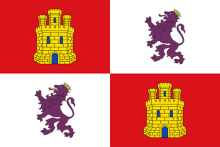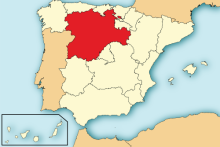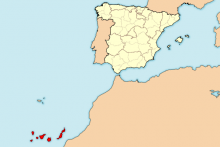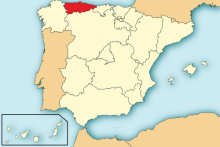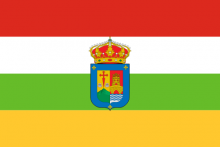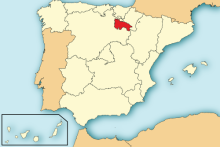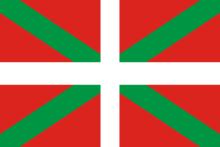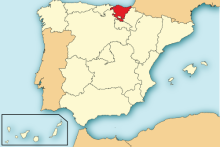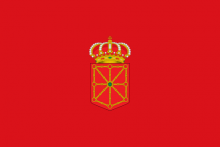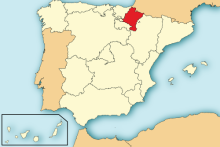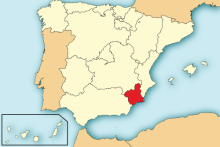Cantabria
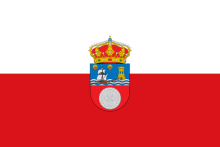
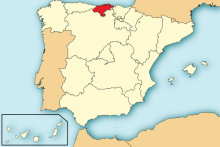
Climate change is the most serious environmental problem facing humanity and, aware of how important it is to join the fight against this phenomenon, Cantabria makes its contribution to the common effort by laying down its actions for the fight against climate change in a strategic framework. Said strategy was drawn up after a lengthy process of participation and contains a large number and wide variety of actions organised into a set of strategic approaches.
The Cantabrian strategy is based on the fact that efforts must be made to reduce climate change, but on the premise whereby the consequences of an increase in greenhouse gas levels in the atmosphere are unavoidable.
Accordingly, the framework of adaptation to climate change is a fundamental part of Cantabrian policies in the fight against climate change and its aim is to contribute to sustainable development in our autonomous community.
| Estrategia, Plan, Programa | Estrategia de Acción frente al Cambio Climático en Cantabria 2018 - 2030 |
| Fecha de aprobación | Pendiente |
| Régimen jurídico | Acuerdo del Consejo de Gobierno de la Comunidad Autónoma de Cantabria |
| Enlaces/Doc. Relacionada | Enlace |
Estructura de coordinación y gestión:
| Observaciones | ||
| Organismo Responsable | Dirección General de Medio Ambiente del Gobierno de Cantabria | |
| Órgano de Coordinación | Comisión Interdepartamental y Ponencia Técnica sobre Cambio Climático | Decreto 145 /2007, de 8 de noviembre, por el que se crea la Comisión Interdepartamental y la Ponencia Técnica sobre el Cambio Climático |
| Órgano de Participación | Consejo Asesor de Medio Ambiente de Cantabria. | Grupo de trabajo en materia de cambio climático Decreto 69/2009, de 24 de septiembre, por el que se Orden MED/6/2009, de 8 de mayo, por la que se incluye |
GOBIERNO DE CANTABRIA
CONSEJERÍA DE MEDIO AMBIENTE, ORDENACIÓN DEL TERRITORIO Y URBANISMO. DIRECCIÓN GENERAL DE MEDIO AMBIENTE
C/ LEALTAD 24
39002 SANTANDER
www.cantabria.es
www.cima.cantabria.es
www.cambioclimaticocantabria.es



